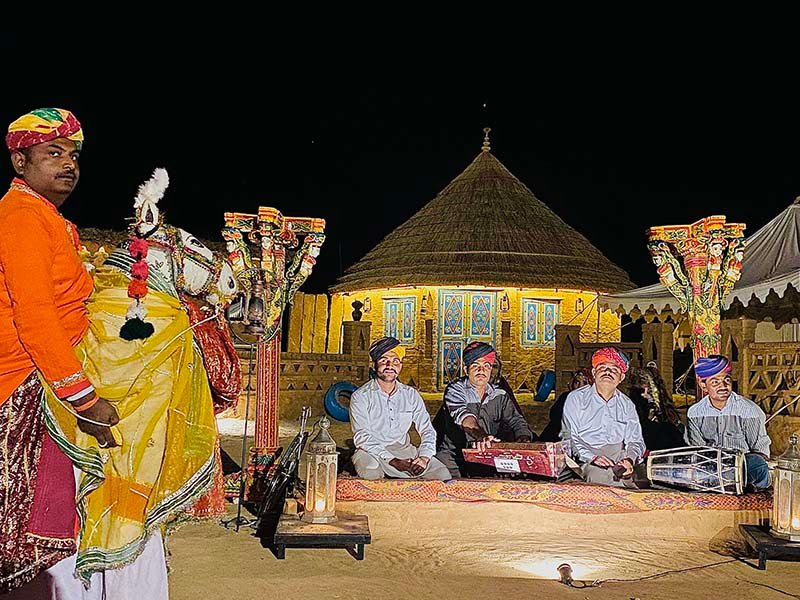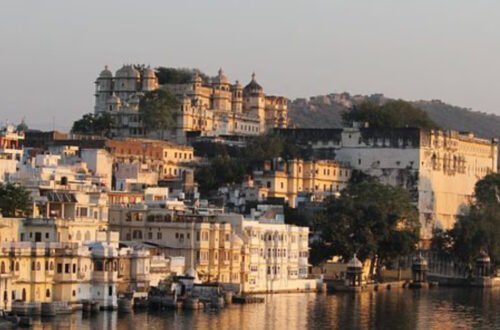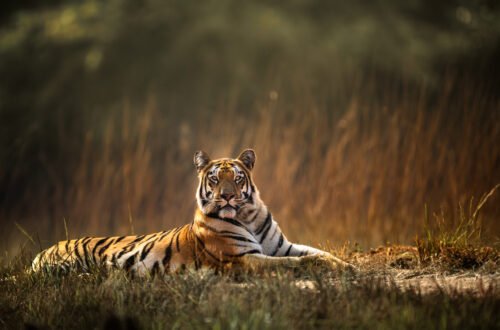Jaisalmer is a city that holds the soul of Rajasthan in its golden sands, majestic forts, and vibrant cultural traditions. Known as the Golden City, Jaisalmer attracts travelers not just for its historical architecture and desert experiences, but also for its deeply rooted folk culture. Among its many cultural expressions, the folk dances of Jaisalmer offer a window into the spirit of the Thar Desert. Whether you’re watching these performances at a heritage site or enjoying them under the stars at a desert camp in sand dunes jaisalmer, these dance forms bring color, rhythm, and emotion to life.
Kalbelia Dance: The Serpentine Grace of Rajasthan
Performed by the Kalbelia community, traditionally snake charmers, this dance is one of the most iconic in Jaisalmer. The women wear black swirling skirts embroidered with vibrant thread and mirror work. Their movements mimic the fluid, slithering motion of snakes, often accompanied by traditional instruments like the pungi and dholak. Kalbelia has been recognized by UNESCO as an Intangible Cultural Heritage, and its hypnotic rhythm and grace make it a favorite among visitors.
Ghoomar: A Traditional Welcome
Originally performed by Rajput women to celebrate auspicious occasions, Ghoomar has now become one of the most commonly performed dances at cultural nights across Jaisalmer. It features women in wide, flowing ghagras spinning in synchronized circles, creating a stunning visual with every turn. The slow tempo, poetic songs, and elegant hand gestures make Ghoomar a graceful representation of Rajasthani femininity. This dance is often seen in evening performances at desert resorts and camps, making it a cherished part of the desert hospitality.
Bhavai: Artistry on Balance
Bhavai is a balancing act performed by women carrying multiple earthen pots or brass pitchers on their heads while dancing on narrow surfaces such as swords or glass. The level of skill and concentration required is extraordinary, and the performance always draws applause. This dance form originated in the desert regions of Rajasthan, where water scarcity led to the development of such skills. It’s more than just a performance—it’s a reflection of the daily resilience and strength of desert women.
Terah Taal: Rhythm and Precision
This is one of the most visually unique folk dances in Rajasthan. Terah Taal involves performers, usually from the Kamad community, attaching thirteen brass discs (taal) to their limbs and striking them rhythmically using metal cymbals. Accompanied by a bhapang, manjeera, and dholak, the dancers kneel and perform complex movements in perfect coordination with the rhythm. Terah Taal is not just entertainment but a profound display of devotion, often performed in honor of local deities and saints.
Chari Dance: A Sparkling Spectacle
The Chari dance is another beautiful performance where women balance brass pots with lit cotton seeds or oil lamps on their heads. The dance celebrates moments of joy and prosperity, especially during marriage ceremonies and festivals. The glowing pots add an enchanting ambiance to the performance, often enhanced by live traditional music and the audience’s enthusiastic claps. Watching this dance in the open desert under the stars is a truly unforgettable experience.
Kathputli: The Puppeteer’s Art
While not a dance by human performers, the Kathputli (puppet) dance holds a special place in the folk traditions of Jaisalmer. The skilled puppeteers bring wooden dolls to life with dramatic storytelling, music, and synchronized movement. These puppet shows often narrate legends, romantic tales, or historical events. The artistry lies in the way the puppets imitate real dance forms and express emotions through subtle movements and vibrant costumes. It’s a favorite among children and adults alike and often features in cultural evenings across the region.
Dandiya Raas: Folk with a Twist
Though traditionally a Gujarati dance, Dandiya has found its way into Jaisalmer’s festive gatherings. It’s performed with colorful sticks (dandiyas) in hand, involving coordinated group movements. While not native to Rajasthan, its upbeat rhythm and engaging format make it popular during public celebrations and campfire events. It’s also a great way for travelers to participate and engage with local culture directly.
Experience Folk Dance at Its Finest in the Thar Desert
One of the best ways to immerse yourself in Jaisalmer’s folk dance culture is by spending an evening at a desert camp. Many camps feature live dance performances every night, set against the backdrop of the golden sand dunes. Activities like Jeep safari in jaisalmer followed by a traditional dinner and cultural show are designed to offer a complete Rajasthani experience.
Whether you’re seeking the thrilling acrobatics of Bhavai or the slow, hypnotic elegance of Ghoomar, you’ll find something in these dances that stays with you long after you leave. The energy, the music, the costumes—all work together to form an authentic cultural memory of Jaisalmer.
Why Cultural Dance Matters in Travel
These dance forms are more than performances. They are oral histories, preserved through rhythm and movement, passed down across generations. Each gesture tells a story, whether it’s about love, war, daily life, or devotion. For visitors, this is a rare opportunity to witness the intangible cultural wealth of Rajasthan in an interactive setting. You’re not just watching—you’re engaging with centuries of tradition that still thrive in the present day.
Enhance Your Stay with Local Experiences
If you’re planning a trip to Jaisalmer, make sure to choose a camp that goes beyond just accommodation. Opt for packages that include cultural evenings, local cuisine, and authentic desert experiences. For example, some stay options offer a luxury AC Tent with Free Camel Safari, allowing you to explore the desert by day and enjoy live folk dances by night. This balance of comfort and culture makes for a richer and more rewarding travel experience.
Jaisalmer isn’t just a destination—it’s a journey into the soul of Rajasthan. And its folk dances are the heartbeat that keep its traditions alive.





